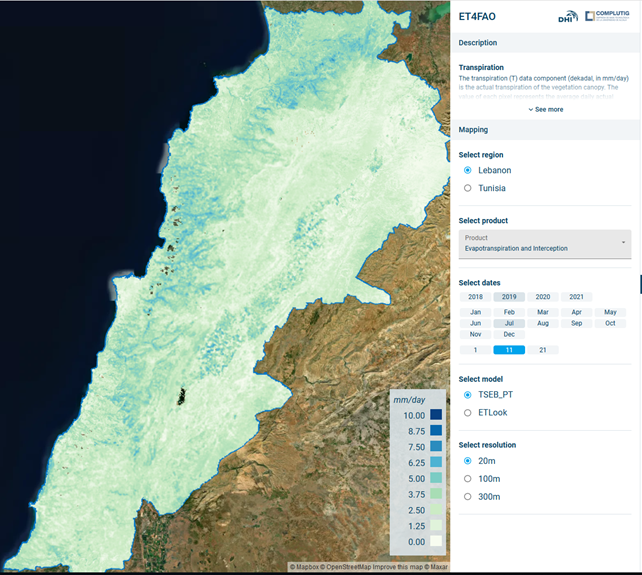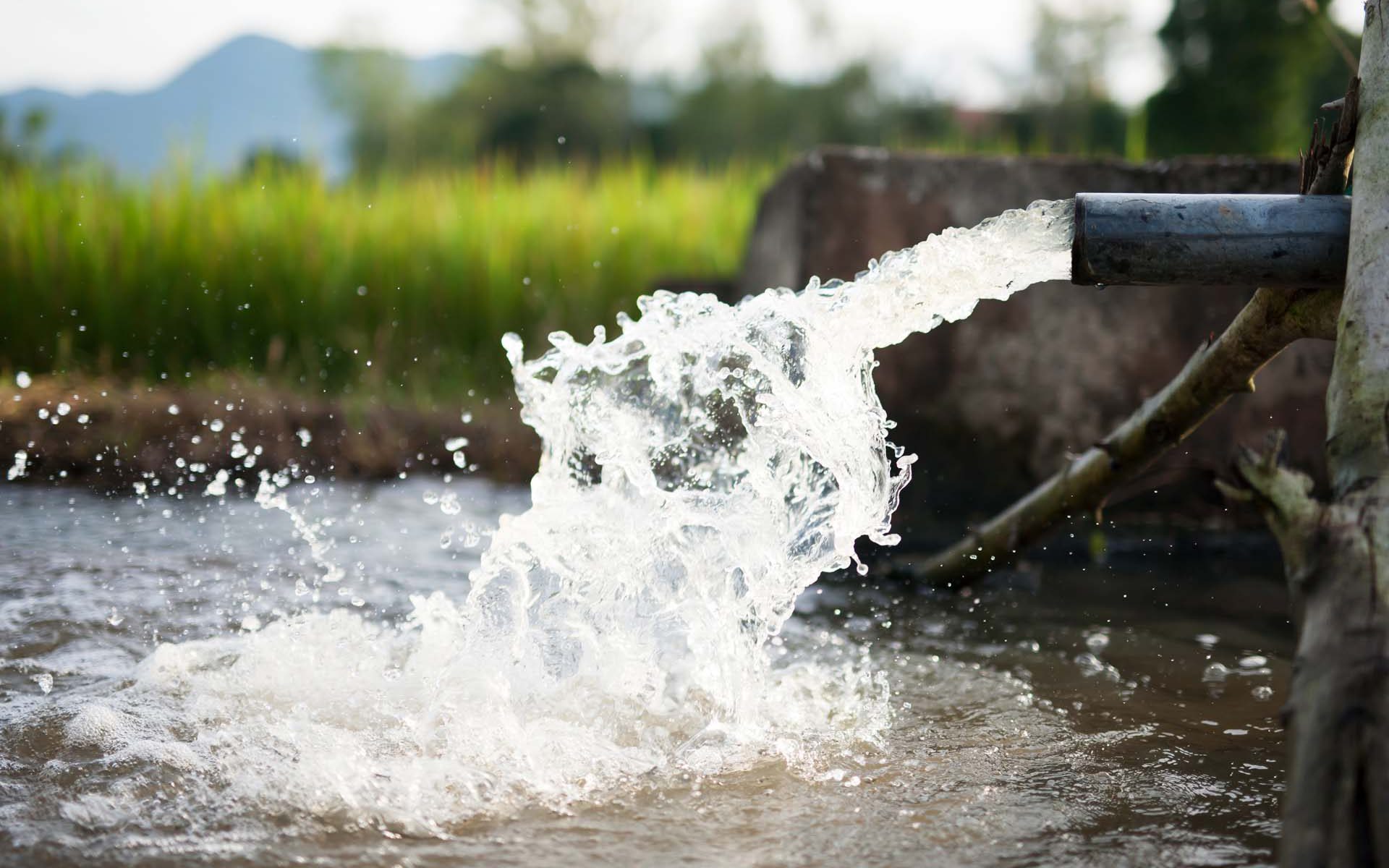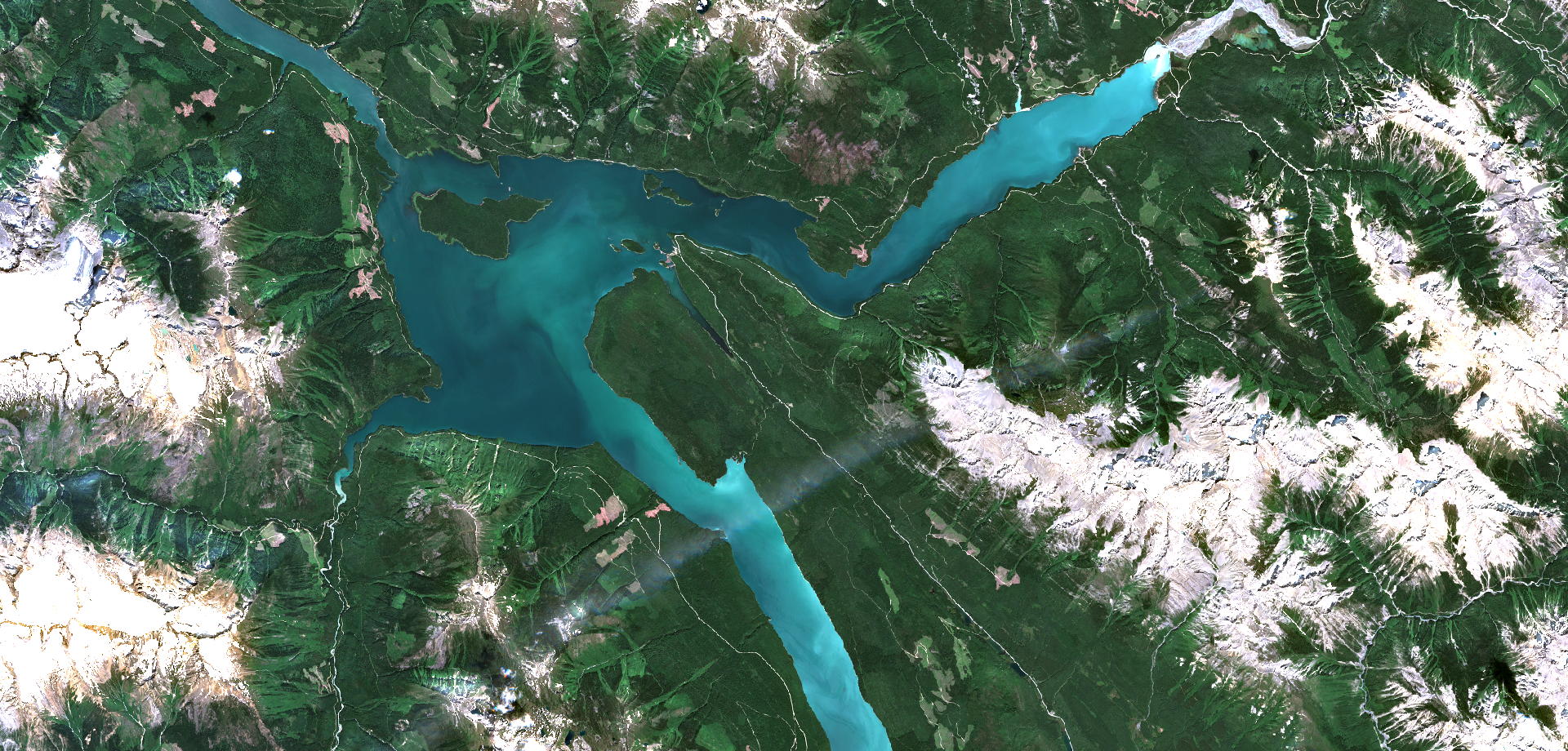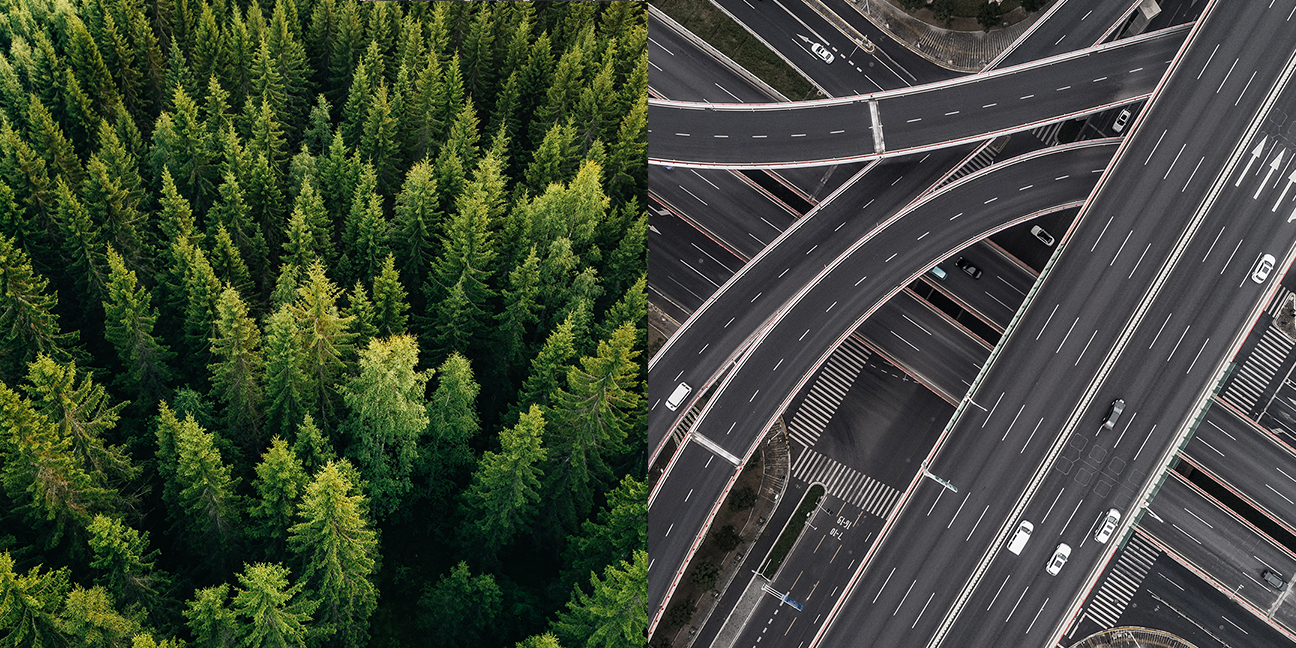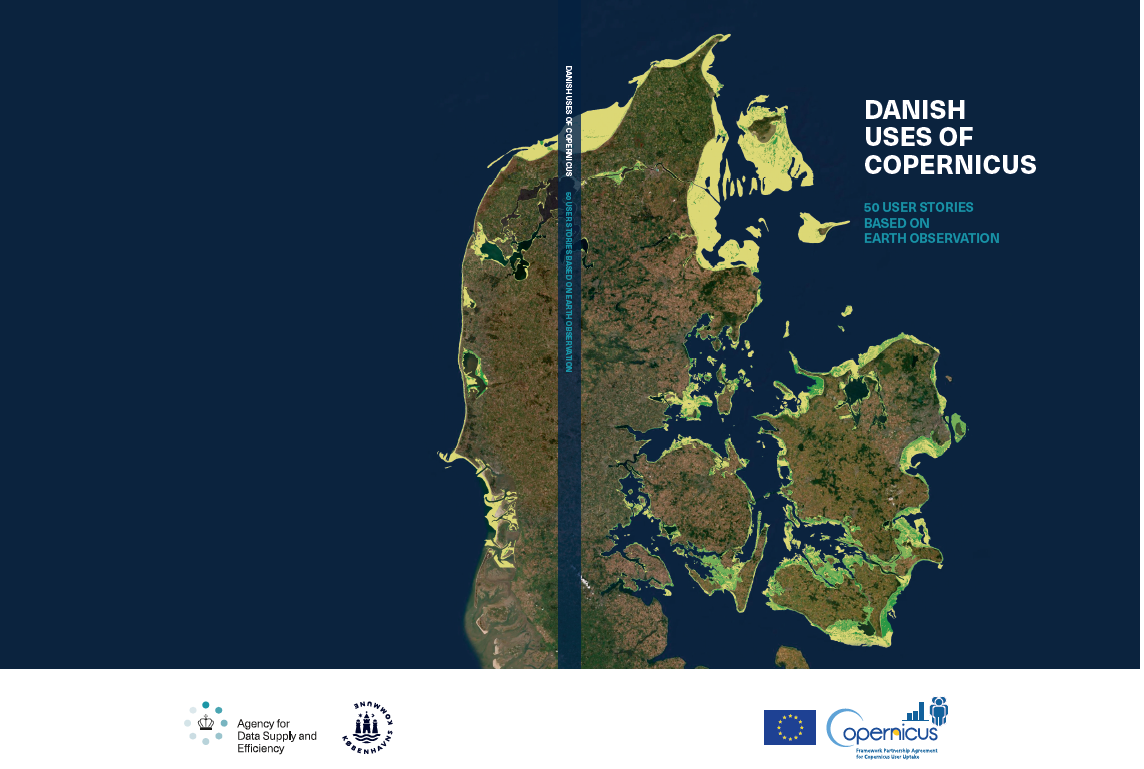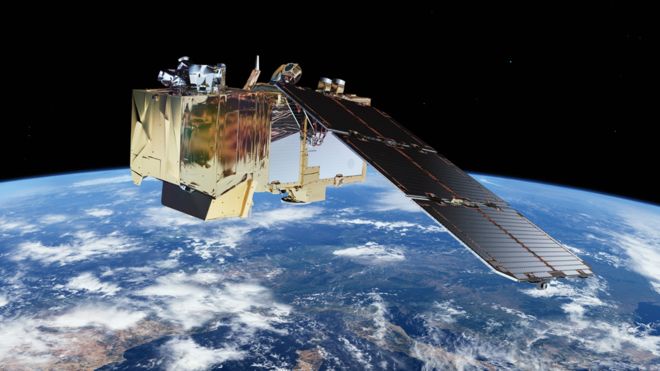Join us for the ET4FAO Final Virtual Workshop
17 MAY 2021
ET4FAO final workshop, May 25 from 13:00 – 15:00 CET
Agenda:
13:00-13:10 Introduction, Radoslaw Guzinski, DHI GRAS
13:10-13:20 WaPOR portal and ET products, Livia Peiser, FAO
13:20-14:00 ET4FAO methods, Radoslaw Guzinski, DHI GRAS
14:00-14:30 ET maps inspection and validation, Hector Nieto, Complutig
14:30-14:55 Copernicus-based ET, Benjamin Koetz, ESA
14:55-15:00 Conclusions, Radoslaw Guzinski, DHI GRAS
Growing populations and associated increase in food production, together with shifting weather patterns due to climate change, are putting increased pressure on fresh water resources. A large majority of worldwide fresh water withdrawals are for agricultural use and specifically for crop irrigation. For example, in the Mediterranean region the agricultural water use can comprise up to 70% of withdrawn fresh water. Therefore, the use of modern technology to improve crop water use efficiency at field, as well as at regional and national levels, is an urgent necessity.
Satellite-based Earth Observation (EO) is an example of such a technology which could have significant impact on agricultural water use. In particular, a combination of thermal and optical observations can be used to estimate the actual evaporation (E) from the soil and transpiration (T) from the vegetation, which taken together are called evapotranspiration (ET) and represent the actual flux of water from the land surface into the atmosphere.
By utilizing the knowledge of ET at appropriate spatial and temporal scales, it is possible to better allocate water used for irrigation, thus increasing the sustainability of agriculture and hence ensuring the livelihoods of farmers in a changing climate. At the same time, the EO-derived ET maps can be used for national-scale water use accounting and water productivity monitoring, which are required reporting on Sustainable Development Goal indicator 6.4.1, and can be used to plan and execute national water strategies.
The Copernicus Sentinel satellite constellation holds all the required spatial, temporal and spectral properties required for mapping of ET at different spatial scales. As part of our ESA funded project
“Increasing crop water use efficiency at multiple scales using sentinel evapotranspiration – ET4FAO”, we have evaluated the suitability of using Copernicus data (in particular Sentinel-2 and Sentinel-3 satellite observations and ERA5 meteorological data) and methods developed in the “Sen-ET project” to produce national-scale ET maps which are consistent at multiple spatial resolutions (20 m to 300 m). Such ET data will be critical to consistently map and monitor water use efficiency from field to national levels and could be used during the evolution of FAO’s WaPOR portal.
Under the framework of ET4FAO, we are hosting a final workshop on May 25, from 13:00 – 15:00 CET, entitled “Consistent Estimation of Evapotranspiration at Multiple Spatial Scales Using Copernicus Data”, together with ESA and our partners in FAO and COMPLUTIG, where we will present the outputs and lessons learned.
This workshop will outline the methods developed during the project, showcase Copernicus based ET maps which are available here, and present validation against field measurements and comparison with WaPOR products. The future potential of Copernicus-based ET products will be also discussed.
The workshop is targeted to experts in remote sensing in the field of agriculture and hydrology.


